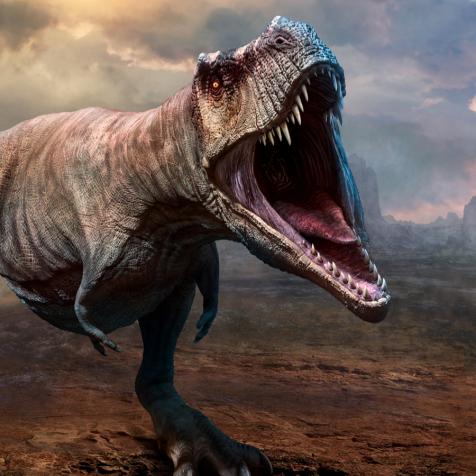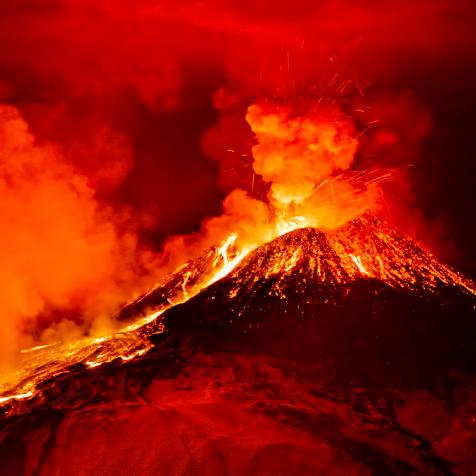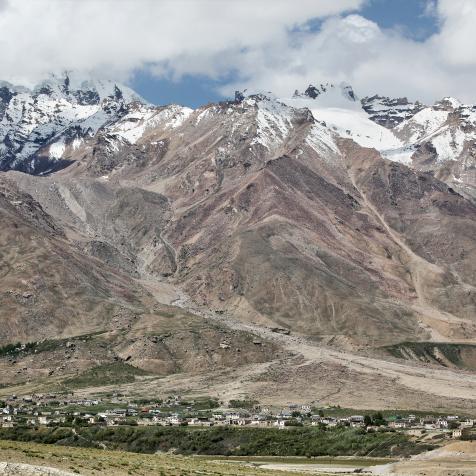
Biodiversity Heritage Library
The First Dinosaur Fossil Was Named Before We Had A Word For Dinosaurs
A professor of geology was the first to identify a dinosaur correctly.
Who discovered the first dinosaur fossil? It's a bigger question than you might think. In 1677, Robert Plot is credited with discovering the first dinosaur bone, but his best guess as to what it belonged to was a giant human. It wasn't until William Buckland, the first professor of geology at Oxford University, that a dinosaur fossil was correctly identified for what it was.

Shutterstock
Mega Important
Though he was a university professor, Buckland himself was no fossil — he was said to have a colorful personality and taught his classes "like a Franciscan preacher." During one class, a student recounted that he paced up and down the lecture hall holding a hyena's skull, thrusting it in students' faces, and shouting "What rules the world?" (The answer, by the way, was "the stomach.")
Buckland also acted as the unofficial curator of the museum on campus and traveled the world finding specimens for its collections. It was in these travels that he came across a key find made in 1815 England — the bones of an animal that would turn out to be the very same one discovered by Robert Plot over a hundred years prior. By looking at the bones of its teeth, jaw, and limbs, Buckland concluded in 1824 that they must be from some sort of extinct, carnivorous lizard. He named this ancient lizard "Megalosaurus," although he didn't grasp, understandably, that his specimen was a dinosaur. Still, because we still use the name Megalosaurus today, Buckland holds the honor of being the first person to name a species of dinosaur. You read that right: The first species of dinosaur was named before we knew what dinosaurs were — and before the word "dinosaur" was even invented.
Fossilegacy
Buckland's work spawned two hundred years and counting of dinosaur research and worldwide fascination. In 1822, Mary Ann Mantell, who was married to geologist Gideon Mantell, discovered fossilized bones while on a walk in Sussex, England. Further examination found that they looked similar to an iguana skeleton, so the "fossil reptile" was aptly named Iguanodon. That made it the second dinosaur to get a name.
Finally, in 1842, Sir Richard Owen named the family of fossils "Dinosauria," meaning "terrible lizard." With that, the name "dinosaur" was coined. Owen later founded London's Natural History Museum in 1881, which is still world famous for its dinosaur bone collection and displays. For a more than century to follow and assuredly into the future, the study of dinosaurs has been regarded as an exciting field of study, all starting with the work of William Buckland.
This article first appeared on Curiosity.com.


















